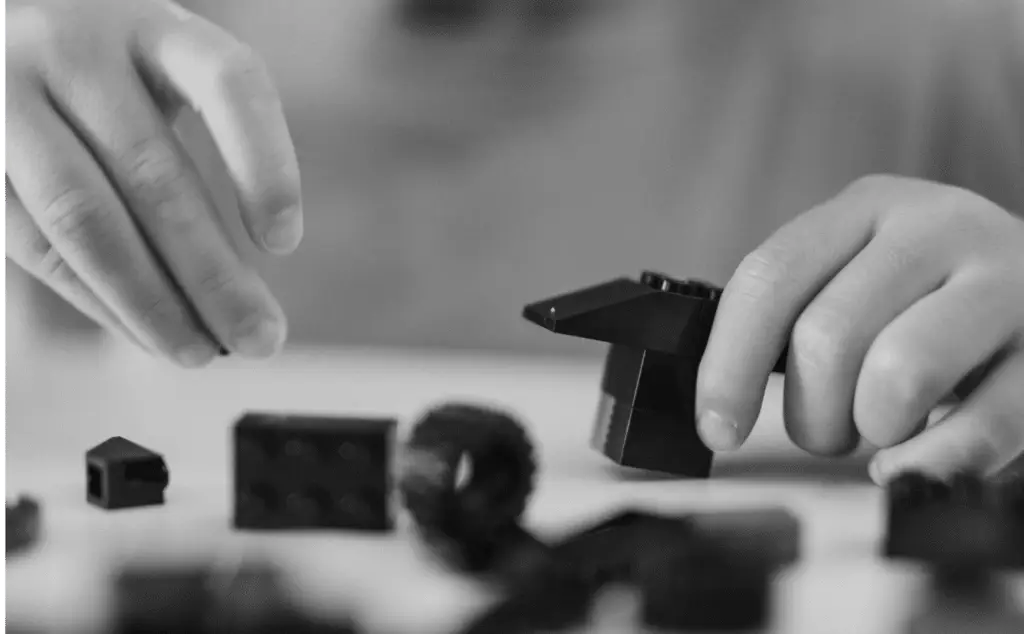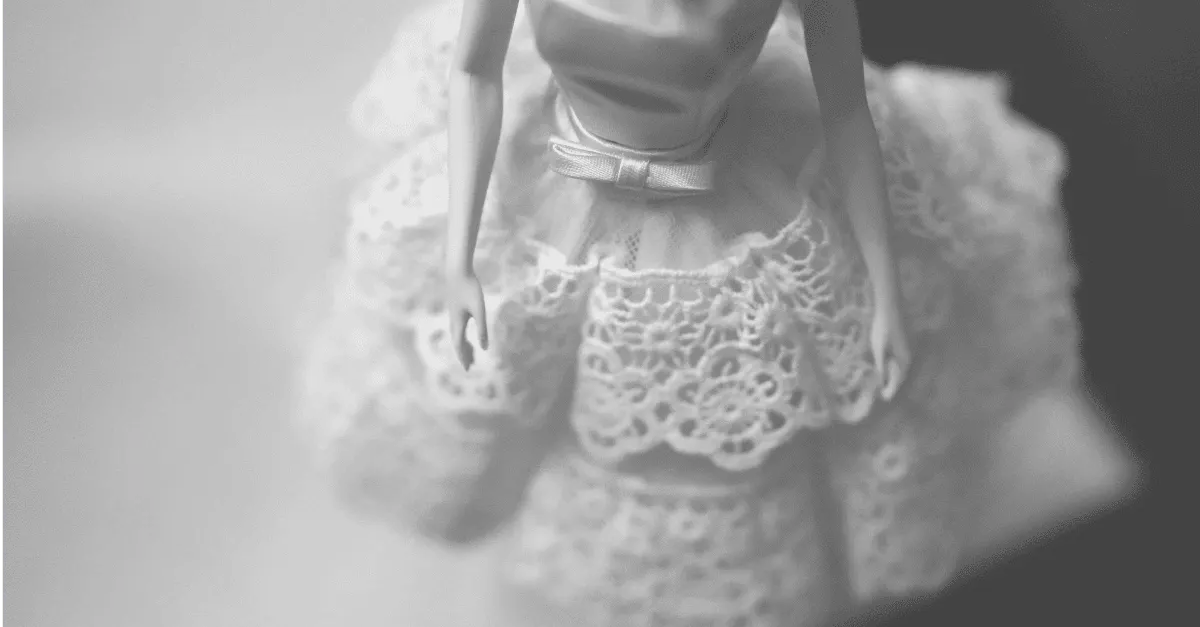“She’s not dead, she’s just having an existential crisis”. This immortal line from the new Barbie movie highlights a vital thread in the film: identity, reality, and authenticity. The same concerns dominate headlines in the real world, as pranksters, counterfeiters, and activists harness the Barbie hype to achieve their goals. Barbie boasts a proud history of commercial success, generating almost $1.5 billion in 2022 and the new film already topped $1 billion at the box office. Increasing toy revenues prompt counterfeiters and pranksters to take advantage, raising the issue of fake toys for kids.
Pranksters capitalizing on the Barbie movie hype
The activist group Barbie Liberation Organization recently pranked the public with a fake doll launch, promoting a spoof plastic-free product to raise awareness around oceanic pollution. While fake Barbie dolls launched by activists might be a tad more altruistic than your average counterfeiter, their campaign also sheds light on effective tactics used by real scammers online.
How pranksters and scammers trick their audiences
The EcoWarrior Barbie launch, just like an online counterfeit scam, leveraged multiple digital assets to get its point across. The campaign featured a convincing fake website, almost identical to the legitimate manufacturer’s corporate page. Hosting their spoof on a domain that replaces a dot with a hyphen helps them evade scrutiny and appear authentic online. They also impersonate legitimate employees and executives, and list spoofed email addresses registered to their new domain.
Counterfeiters and scammers deploy similar forms of digital masquerading, hosting fake shops and listing replica products across online marketplaces. Spoofed branding, imagery, wording, and styles all help convince audiences that fakes are the real thing. While activists seek to effect positive change, scammers seek to make money no matter the costs. Counterfeit toys for kids endanger public safety as well as corporate profits.
The counterfeit crisis online
Counterfeit toys, and the issues they raise, span far beyond even Barbie’s reach. The global toy market exceeded $100 billion in 2022, growing a percent and a half from the previous year. Scammers and profiteers siphon as much of this generous revenue as they can. In just four months, Europol’s anti-counterfeiting campaign operation Ludus seized close to 5 million toys worth more than 16 million Euros. Scarily enough, toys and games consistently rank among the most counterfeited goods on the market.
Compared with other industries, counterfeit toys pose especially sinister threats to their consumer base. Children, a toy’s target audience, suffer the most from any hazards in the products. While legislators heavily restrict toy production and packaging, counterfeiters put children at risk of choking, poisoning, and fire hazards.
What are the dangers of fake toys for kids?
A plastic-free toy could well be safe and non-toxic, but typical counterfeits are anything but. Scammers circumvent regulations in material safety, raising acute concerns around toys for kids, considering their vulnerable target audience. Some manufacturers use phthalate chemicals to soften their material during toy production. In the wrong doses, phthalates threaten the liver, kidney, lungs, and reproductive systems of anyone it touches. European legislators regulate phthalates within fractions of percentages, but counterfeiters break laws every day.

A recent EUIPO study found that these digital scammers “expose children to serious health risks, as some counterfeit toys contain hazardous materials or toxic chemicals”. While the global counterfeit toy market robs manufacturers of around $32 billion every year, the cost to human life proves incalculable.
Can companies defend their IP and deliver real toys for kids?
Brands with scarce resources struggle to stay ahead of the issue, or even discover the problem in the first place. The increasing presence of counterfeit toys across multiple marketplaces, far beyond fake Barbie dolls, proves hard to tackle. Scammers also capitalize on social media booms, jumping on new and developing channels to impersonate brands and product lines. Individual posts and accounts prove hard to remove at scale, making anti-counterfeiting an uphill struggle.
However, with dedication and an effective strategy, manufacturers find ways to take down listings, take legal action against counterfeiting websites, and boost their own online presence to take the power out of a fraudster’s hands.
Conclusions: What popular movies teach us about online counterfeiting
Ultimately, fake toys fly out of online marketplaces. Scammers and activists alike manage to cybersquat domains, rip off products and branding, and trick audiences with convincing fakes. Considering the recent success of toy franchise films like Barbie and The Lego Movie, paired with ongoing ecommerce booms, counterfeiting trends show no sign of stopping on their own. The fact that counterfeit toys for kids also jeopardize lives makes the issue all the more pressing.
However, on a lighter note, the legitimate toy industry maintains high standards and robust ethics, ensuring that safe, reliable products populate schoolyards and playrooms. Counterfeit toys, while still on the rise, face robust opposition from evolving brand protection tools. AI-powered Online Brand Protection solutions help toy companies hunt down counterfeiters, keeping children, companies, and revenues safe.
